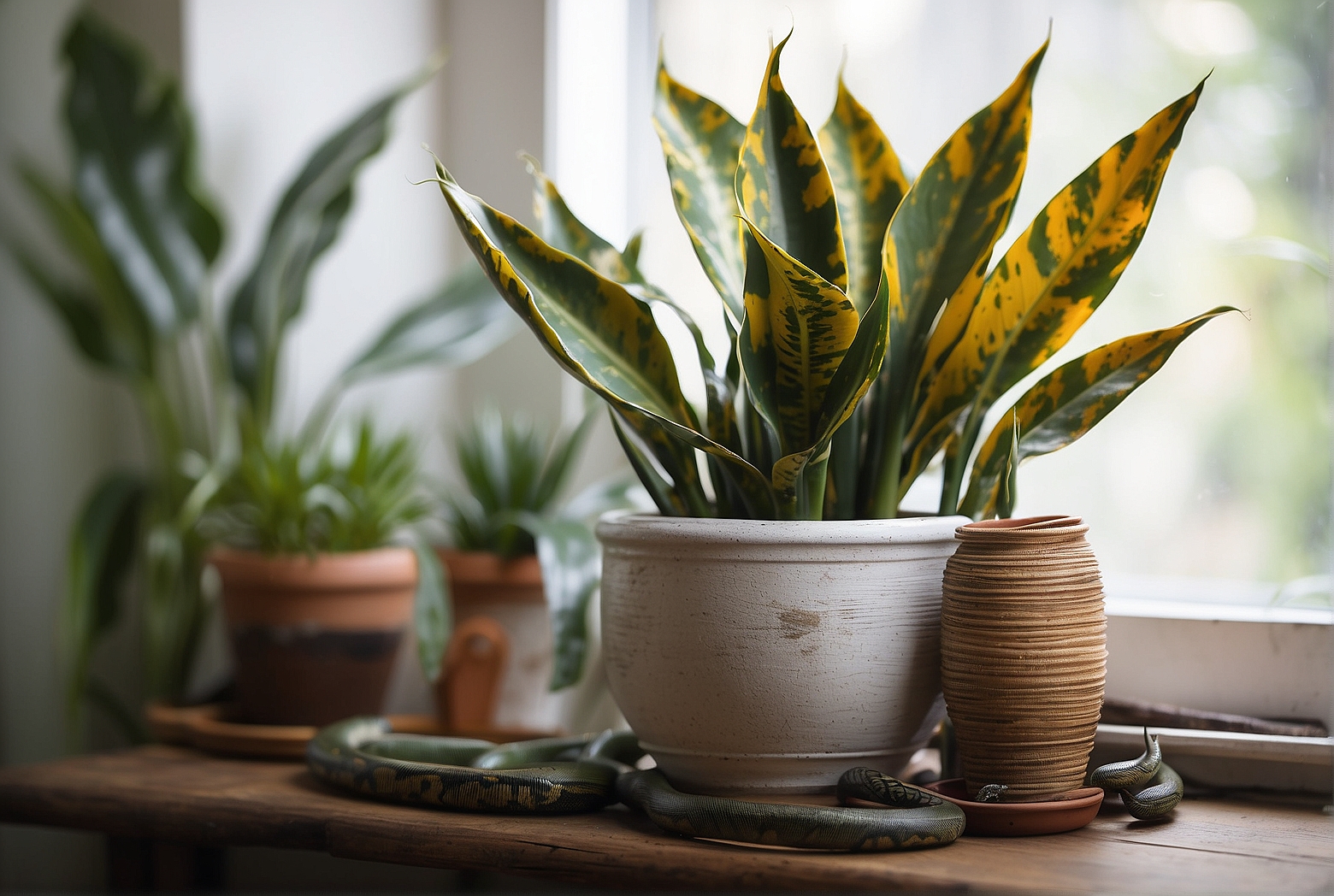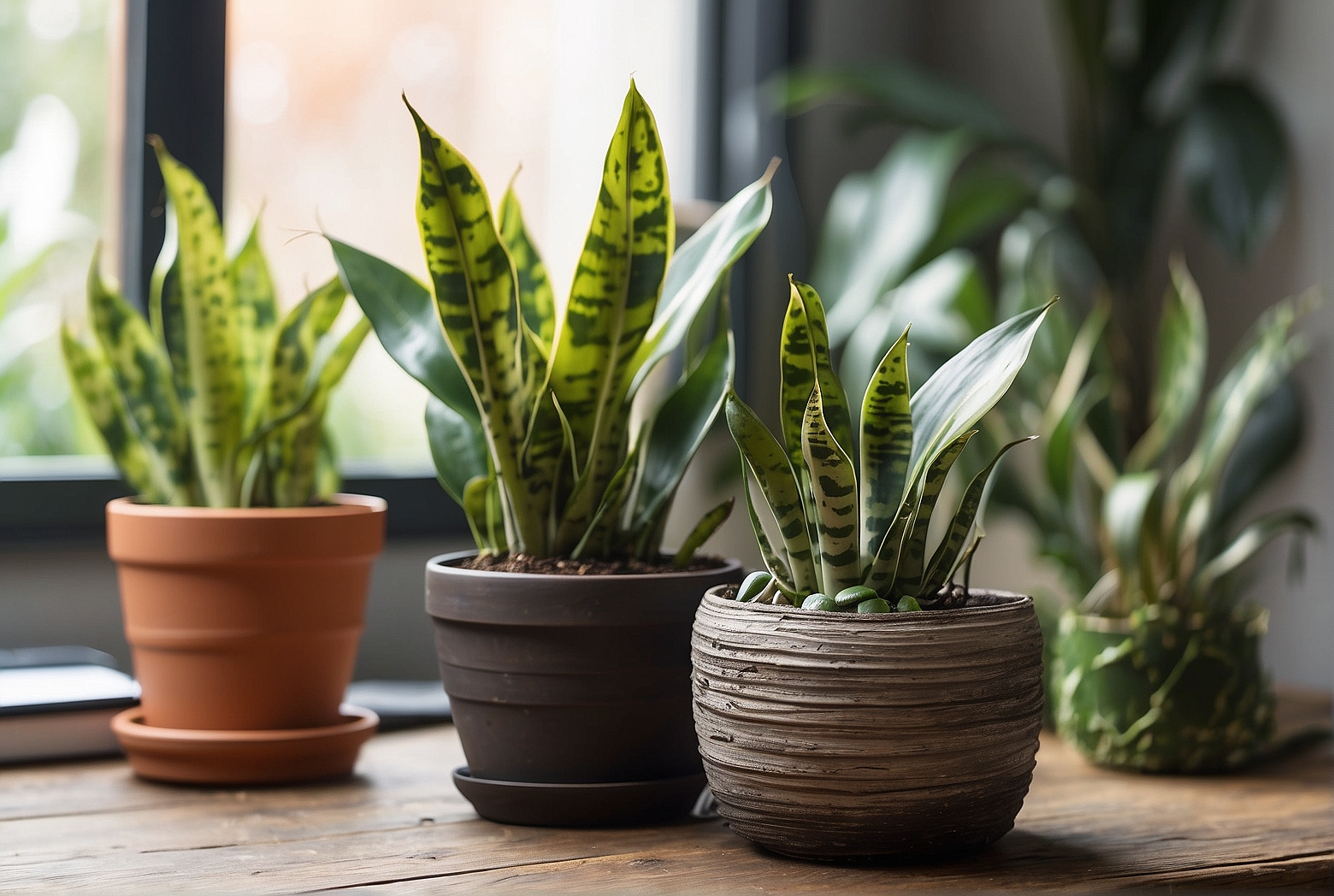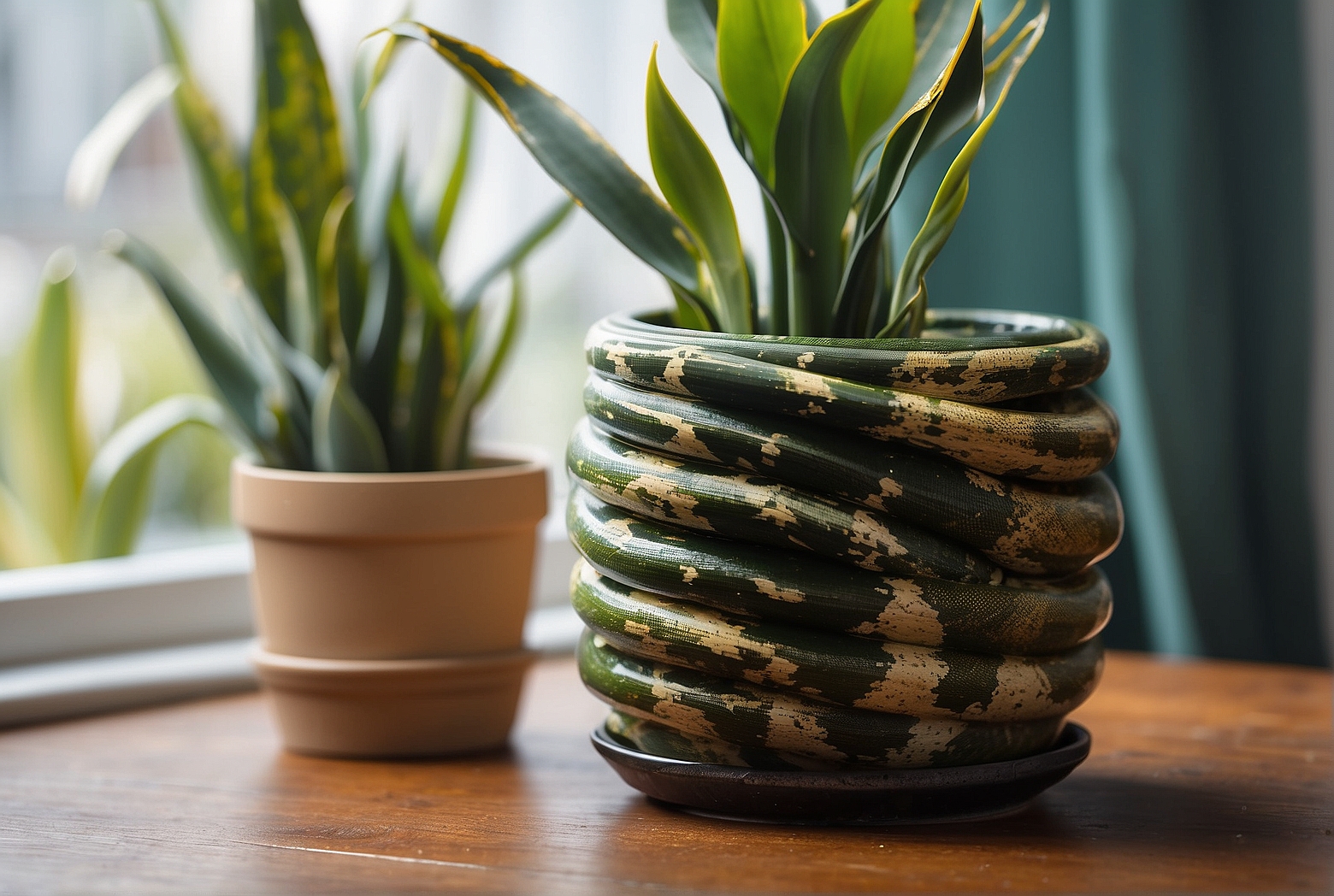Last Updated on April 14, 2024 by Tony Manhart
Are you puzzled by the sudden curling of leaves on your snake plant? Don’t worry, you’re not alone. This article aims to shed light on the common issue of why snake plants curl, offering valuable insights into possible causes and helpful tips to address the problem. By understanding the underlying factors that contribute to this leaf curling phenomenon, you’ll be able to provide the best care for your beloved snake plant, ensuring its continued health and vibrancy. So, let’s dive into the intriguing world of snake plants and unravel the mystery behind their curling leaves.
Common Causes of Snake Plant Curling
If you’ve noticed that your snake plant’s leaves are curling, it’s important to identify the underlying cause so you can effectively address the issue. Several factors can contribute to this problem, including inadequate lighting, overwatering, underwatering, temperature stress, and pest infestation. By understanding each of these potential causes, you’ll be better equipped to restore your snake plant’s health and vitality.
Inadequate Lighting
Snake plants thrive in bright, indirect light, and insufficient lighting is a common cause of leaf curling. Lack of natural light, insufficient artificial light, and improper placement can all contribute to this issue.
Lack of Natural Light
Snake plants require a sufficient amount of natural light to photosynthesize and maintain their overall health. If your snake plant is located in a room with minimal sunlight, the leaves may curl as a sign of stress. Consider moving your plant to a brighter area or closer to a window to provide it with the natural light it needs.

Insufficient Artificial Light
In situations where natural light is limited, supplementing with artificial grow lights can be beneficial. However, if the artificial light provided is not enough to meet your snake plant’s requirements, it may lead to curling leaves. Ensure that the intensity and duration of the artificial light are appropriate for your plant’s needs.
Improper Placement
Placement plays a crucial role in providing adequate lighting for your snake plant. Placing it too far away from a light source or in a shaded area can result in curling leaves. Make sure to position your plant where it can receive the appropriate amount of light throughout the day.
Overwatering
Overwatering is another common culprit behind snake plant curling. This occurs when the plant is consistently exposed to excessive moisture, leading to waterlogged soil, improper drainage, and excessive watering frequency.
Waterlogged Soil
When the soil holds too much water, it becomes waterlogged, preventing proper oxygenation of the roots. This can result in the curling of leaves and overall root rot. Ensure that your snake plant is potted in well-draining soil to avoid waterlogging.

Improper Drainage
If your snake plant’s pot lacks drainage holes or the holes are blocked, excess water will accumulate in the pot, causing the soil to remain saturated. It’s crucial to choose a pot with drainage holes and regularly check that they are clear to allow water to flow freely.
Excessive Watering Frequency
Overly frequent watering can lead to curling leaves by keeping the soil excessively moist. Snake plants are tolerant of drought conditions and prefer to dry out between waterings. Check the moisture level of the soil before watering and only provide water when the top inch has dried out.
Underwatering
While overwatering can cause curling leaves, underwatering can also be to blame. Inadequate watering frequency, insufficient water amount, and low humidity levels can all contribute to this issue.
Inadequate Watering Frequency
If you consistently neglect to water your snake plant, its leaves may begin to curl as a response to stress. It’s important to establish a watering routine and monitor the moisture levels in the soil to ensure your plant receives sufficient hydration.
Insufficient Water Amount
Providing enough water is just as important as watering regularly. If you’re only giving your snake plant a small amount of water during each watering session, it may not receive enough moisture to thrive. Be sure to thoroughly water the soil until it reaches the root system, allowing the excess to drain away.
Low Humidity Levels
Snake plants prefer moderate to high humidity levels. If the surrounding air is too dry, the leaves may curl as the plant attempts to conserve moisture. Increase humidity by misting the leaves or placing a tray of water near the plant to create a more favorable environment.
Temperature Stress
Extreme temperatures, cold drafts, and close proximity to radiators or heat sources can subject your snake plant to temperature stress. This stress can manifest as curling leaves and overall decline in the plant’s health.
Temperature Extremes
Snake plants prefer temperatures between 70-90°F (21-32°C). Exposure to temperatures outside this range, especially extremes, can cause leaf curling. Avoid placing your snake plant near air conditioning vents, heaters, or other sources of temperature fluctuations.
Cold Drafts
Cold drafts, particularly during winter months, can shock your snake plant and result in curled leaves. Ensure that your plant is placed away from windows or doors that may experience drafts to prevent temperature-related stress.
Radiators or Heat Sources
Placing your snake plant in close proximity to radiators or other heat sources can cause the leaves to curl due to excessive heat exposure. Keep your plant away from direct sources of heat and maintain a consistent temperature in its environment.
Pest Infestation
Snake plants are generally resilient to pests, but infestations can occur. Spider mites, mealybugs, and scale insects are common pests that can cause curling leaves if left untreated.
Spider Mites
Spider mites are tiny pests that feed on the sap of snake plants, causing damage to the leaves. Severe infestations can lead to curling, discoloration, and webbing. Regularly inspect your plant for signs of spider mites and treat infestations promptly with insecticidal soap or neem oil.
Mealybugs
Mealybugs are small, white insects that thrive on the undersides of leaves and along the stems. Their feeding activity can cause curling and yellowing of the leaves. Remove mealybugs manually whenever possible, and use insecticidal soap to control larger infestations.
Scale Insects
Scale insects are typically found on the leaves and stems of snake plants, resembling small brown or white bumps. They feed on the plant’s sap and can lead to leaf curling and yellowing. Remove scale insects with a cotton swab dipped in rubbing alcohol, and regularly check your plant for signs of their presence.
How to Fix a Curling Snake Plant
Now that you have a better understanding of the potential causes of snake plant curling, let’s explore some steps you can take to address and resolve the issue.
Provide Adequate Lighting
To prevent leaf curling caused by inadequate lighting, ensure your snake plant is receiving sufficient light.
Place Near a Bright Window
If possible, position your snake plant near a window that provides bright, indirect light. This will help meet its lighting needs and promote healthy leaf growth.
Use Artificial Grow Lights
For areas with limited natural light, supplementing with artificial grow lights can be highly beneficial. Choose lights that mimic the spectrum of natural sunlight and adjust their intensity and duration to match your plant’s requirements.
Avoid Direct Sunlight
While snake plants can tolerate some direct sunlight, intense or prolonged exposure can lead to leaf burn and curling. Keep your plant away from direct sunlight to avoid this issue.
Adjust Watering Habits
Proper watering is essential to prevent both overwatering and underwatering, both of which can cause leaf curling.
Check Soil Moisture Levels
Regularly check the moisture levels in the soil by inserting your finger about an inch deep. If the soil feels dry, it’s time to water. If it feels moist or wet, wait for it to dry out before watering again.
Water When the Top Inch of Soil is Dry
Snake plants prefer to dry out between waterings. Only water when the top inch of soil has dried out, allowing excess water to drain away. This will help prevent curling caused by overwatering and waterlogged soil.
Ensure Proper Drainage
Ensure that your snake plant’s pot has drainage holes and that they are not blocked. This will allow excess water to escape the pot, preventing waterlogging and root rot.
Treat and Prevent Pest Infestations
If your snake plant’s curling leaves are due to a pest infestation, it’s important to address the issue promptly to prevent further damage.
Identify and Remove Infected Leaves
Carefully inspect your snake plant for any signs of pests. If you spot any infected leaves, remove them immediately to prevent the infestation from spreading further.
Use Insecticidal Soap or Neem Oil
Insecticidal soap or neem oil can be effective in controlling and eliminating pests like spider mites, mealybugs, and scale insects. Follow the product instructions carefully and apply it to affected areas to eradicate the infestation.
Monitor and Isolate the Plant
Once you have treated the pest infestation, continue to monitor your snake plant for any signs of recurring pests. If you notice any new infestations, isolate the affected plant to prevent the pests from spreading to other plants in your home.
By providing adequate lighting, adjusting watering habits, maintaining optimal temperature conditions, and promptly addressing and preventing pest infestations, you can help your snake plant regain its health and beauty. Remember to be observant and attuned to your plant’s needs to ensure its long-term well-being. With a little care and attention, your curling snake plant can be restored to its thriving state.
Tony Manhart is a passionate gardener who has been tending to gardens for over 20 years. He takes pride in creating beautiful outdoor spaces with plants, trees, and shrubs that can thrive in any environment. He loves to share his knowledge with others and has taught classes on gardening basics and advanced techniques. He is committed to sustainability, using natural and organic methods to create and maintain gardens. He also works with local organizations to create green spaces for communities. When he’s not gardening, Tony enjoys hiking, reading, and spending time with his family.


